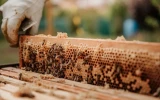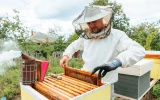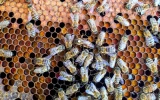How Many Bees Are In a Hive on Average?
Have you ever wondered how many bees are in a hive on average? Bees are fascinating creatures that live in complex communities known as colonies. A bee colony consists of several types of bees, each with their own unique role to play. But just how many bees are needed to keep a hive buzzing with activity? In this article, we'll discover the average number of bees found in a typical hive.
A single beehive contains an average of 20,000 to 80,000 individual bees. Some honeybee hives contain only 10,000 to 60,000 bees living in one colony. The number of bees in a hive is dependent on factors such as the size of the hive, the stage of development of the colony, and seasonal changes.
To some beekeepers, knowing these numbers is just out of curiosity, To others, it’s a good way to estimate the potential honey production of a hive. Let's find out more details on which type of bees make up most of these numbers in a hive.
Summary
- A single hive consists of 20,000 to 80,000 individual bees clustered in one colony.
- A beehive consists of 3 members: 1 queen, several hundreds of male drones, and thousands of female workers.
- Knowing the average number of bees in a hive is helpful for beekeepers to have an estimation of the honey production capacity, and pollination capability, as well as ensure the health of the colony.
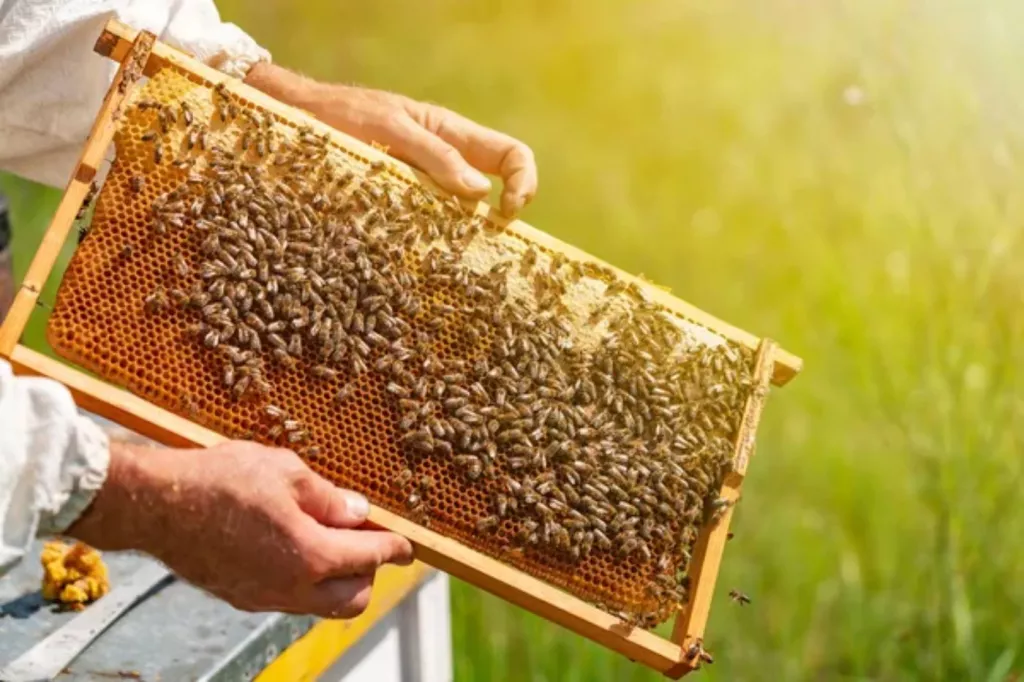
On this page:
A Single Hive Consists of 20,000 to 80,000 Individual Bees
As social insects, bees live together and form a colony. A colony consists of bees that live in a single hive. All colony members have delegated tasks that they perform to ensure the survival and continuity of their generation. A single bee often cannot survive on its own. At least 10,000 bees are needed to start a colony.
A hive consists of an average of 20,000 to 80,000 individual bees of three different kinds: workers or foragers, drones, and the lone queen. Worker bees make up most of these numbers, who are all born from the same queen bee. All members of the colony function as a single organism to keep the colony going.
The average number of bees in a hive, whether natural or man-made, has a wide range because the actual number of bees depends on multiple factors such as weather conditions, availability of resources like pollen and nectar, nest size, seasonal changes, swarming tendencies, and above all, the virility of the queen.
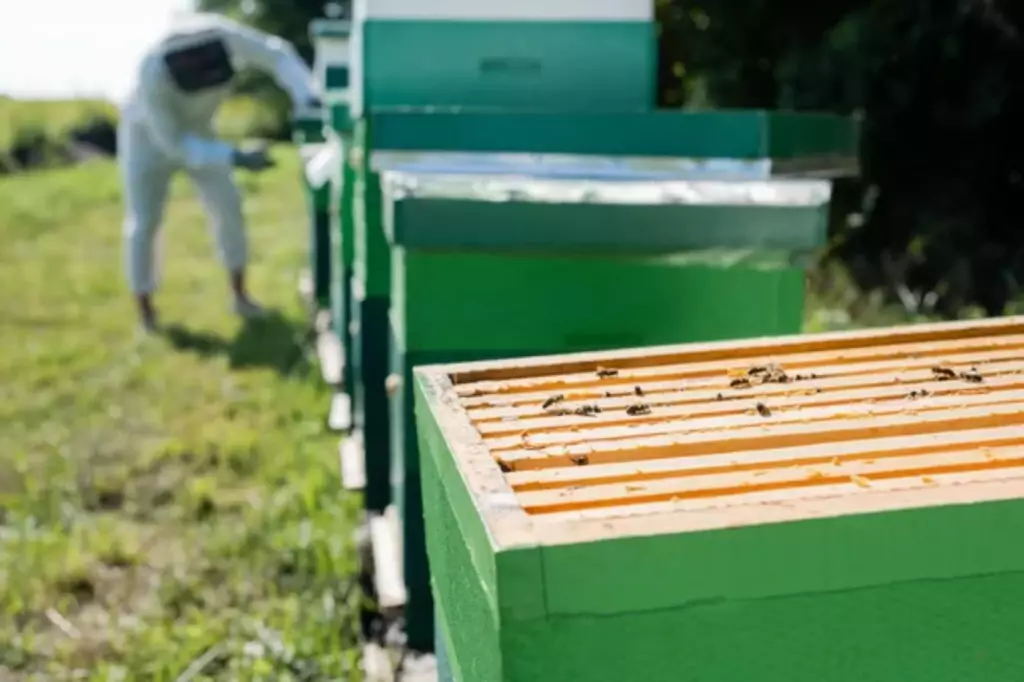
Bees, specifically honeybees, are considered eusocial insects. Eusociality is the highest form of social behavior in all animal kingdoms, characterized by high organization (the caste system in bees), the production of different generations in a single nest, and the division of labor.
A beehive can be two things: natural or man-made. A natural beehive is what we call a bee nest, while a man-made beehive is the manufactured version of a bee nest that is commonly used for honey production and what we commonly see in bee apiaries.
As mentioned above, a hive with 20,000 to 80,000 individual bees is subdivided into three different types of bees:
1. A hive consists of a single queen
A honeybee hive usually consists of 60,000 individual bees. However, out of these numbers, only one is considered a queen. The queen bee is characterized by a large abdomen compared to other bees. Their primary role is to lay eggs, which are estimated to be 2,000 per day.
The queen bee is basically the mother of the whole colony since the health, size, and productivity of a colony depend on her ability to lay as many eggs as possible. She releases pheromones that keep the whole hive in harmony. Once the queen bee cannot keep up with her duties, she will be killed and replaced by a new queen.
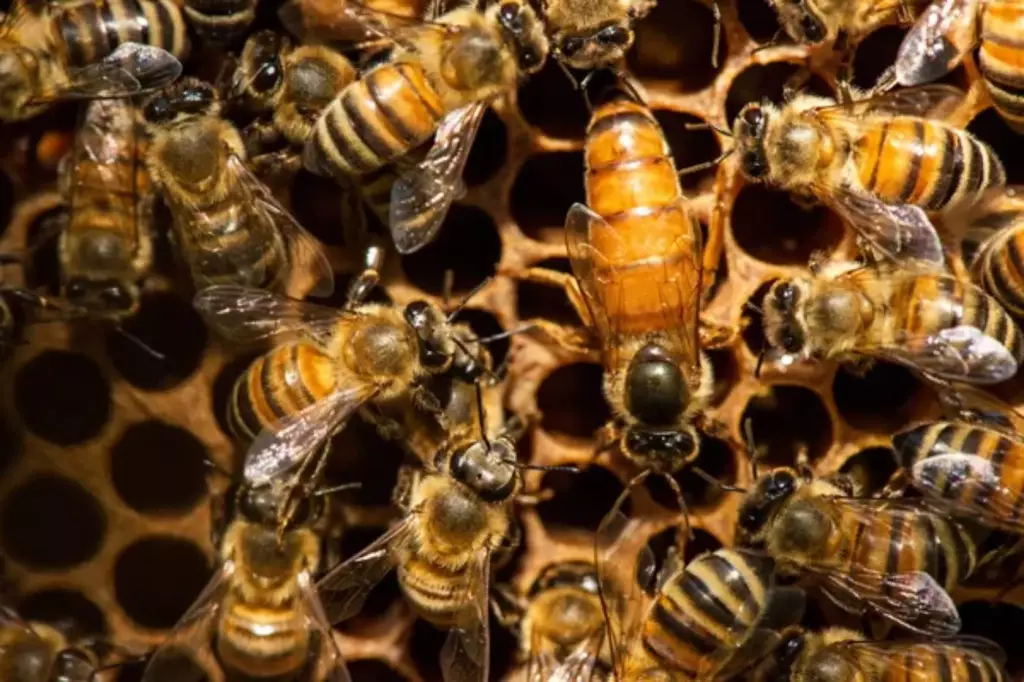
To know more about the queen bee, read this article on the 17 Interesting Facts About Queen Bees You Probably Don’t Know.
2. A single hive consists of tens of thousands of female worker bees
Most bees in a hive are female worker bees, who juggle the many tasks assigned to them at different stages of their lives, from young to adult. They do many surprising jobs such as tending the queen, feeding the drones, nursing the young bees, cleaning and maintaining the hive, and lastly, foraging for nectar and pollen.
Female worker bees have ovaries, but they do not lay eggs as their reproductive system is suppressed by the pheromone from the queen. The pheromone signals that they have a healthy queen capable of laying eggs for the colony. This phenomenon ensures that the worker bees remain focused on their tasks and avoid producing eggs.
3. A hive also consists of hundreds to a few thousand male drones
Hundreds to thousands of male drones also arise from a hive, especially during the spring and summer months, but only a few survive and mate with the queen.
Drones don’t have outstanding tasks compared to the queen and worker bees. They only exist to fertilize the queen, after which they eventually die or are removed forcefully from the hive. This is vital to keeping the colony safe from parasites and attackers and to preserving the colony’s resources since drones are voracious consumers that can’t feed themselves.
Benefits of Knowing the Number of Bees in a Hive
Now that we know how many bees can possibly arise from a hive, here are a few reasons why it is important to know this estimation:
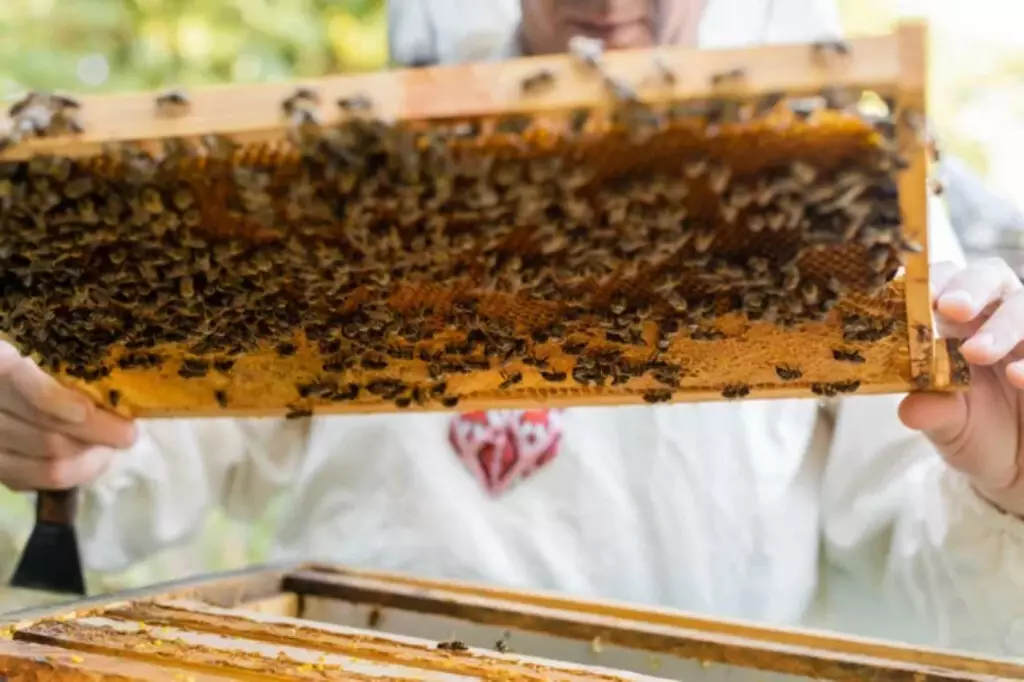
It helps beekeepers to have an estimate of the possible honey production
Knowing the average number of individual bees in a hive gives beekeepers an estimate of their honey production capacity. The number of bees in a hive is directly proportional to the amount of honey it can produce. This means that as the bee population in the hive increases, so does honey production.
Ideally, you can harvest at least 25 to 50 pounds of surplus honey from a single hive every year. This estimation is based on weather conditions, the health of the colony, and the local flora.
It helps beekeepers have a grasp of the pollination capability of their hives
Surprisingly, bees are also being used for pollination services by some beekeepers. Having an estimated number of worker bees in the hive gives beekeepers an idea of their pollination ability. This is also to measure how many hives are needed to pollinate a certain size of field.
An acre of almond requires at least 3–4 beehives, with each hive containing 10,000–20,000 bees, to fully pollinate the crop and produce high yields.
It gives assurance that the colony is strong and healthy
Knowing how many bees there are in a single hive is one way to check and monitor the health of your colony. If the colony is producing more workers, it’s a sign of a strong and healthy colony.
Be wary, however, that too much production of worker bees may result in swarming. To know more about other signs of swarming, read this article.

